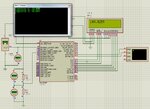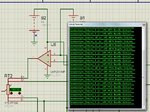lotfibedui
Junior Member level 2
It should not cause errors if you are using the correct register and bit names. What do the errors say?
Brian.
when i rmove the #byte and #bit,all the register that i use the compiler tell me "undefined identificator" or something like that !!


